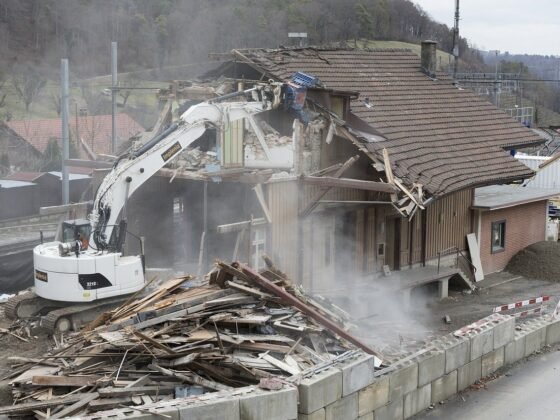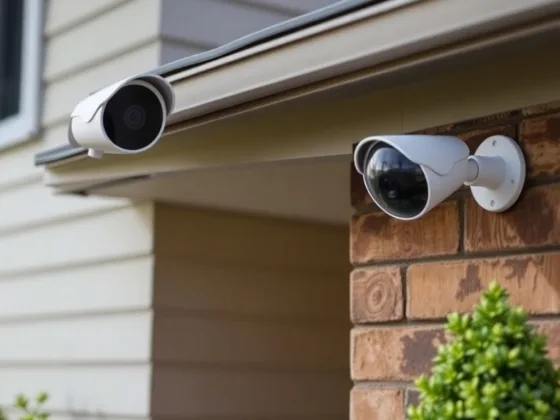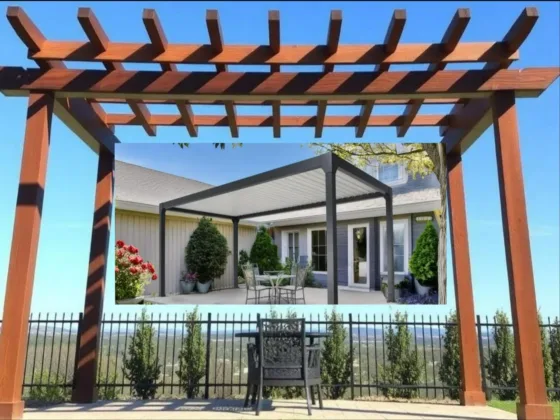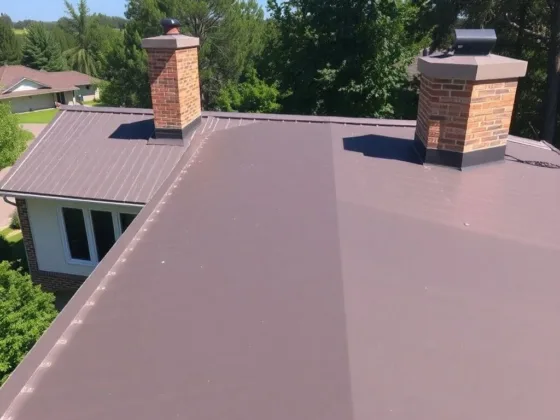Table of Contents Show
The attic of your home is designed to help maintain the room temperature by holding warm air in the winter and cool air during the summer seasons.
It is advisable to have attic insulation to make your home more energy-efficient and free from outside contamination.
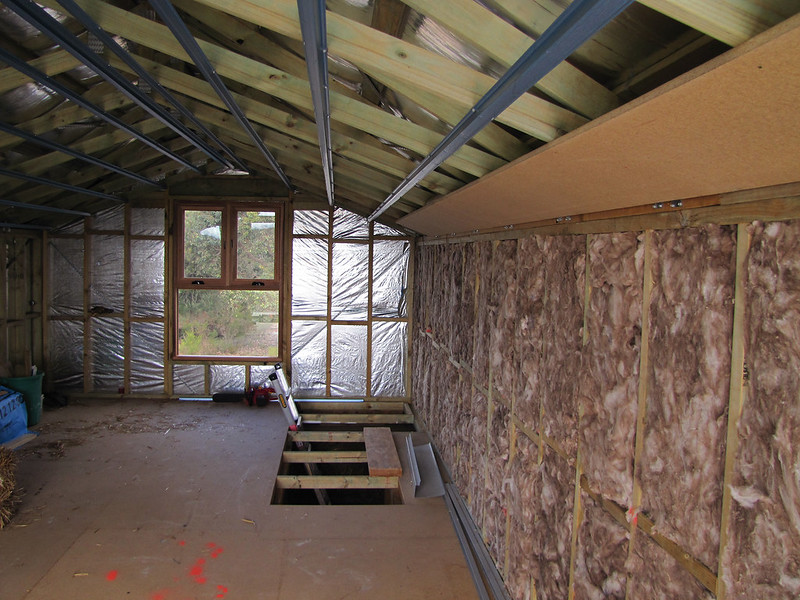
While the insulation material in the market today has different R-values, it takes a bit of experimenting to find the best thickness that will work for your home.
While it’s advised that the thickness of your insulation should be around 10 inches, the right size can vary based on several factors.
Notably, your insulation needs to provide a tight air seal to achieve maximum thermal resistance, depending on the material you use. This article will expound on this issue and provide the best thickness your attic insulation should be for effective performance.
R-value
The R-value is the value issued to insulation materials to determine how effective they are. This value shows how resistant the transfer of heat is between surfaces.
The Department of Energy shows a list of R-values for insulating the different regions illustrated as zones. This number ranges from R-30 to R-60 for adding insulation to your attic.
Apart from indicating the thermal conductivity of an insulating material, the value can help determine the required thickness of your insulation.
The following are the factors used to determine how thick your insulation should be in the attic.
Read Also:
Type of Insulating Material
Depending on the insulating material you choose, the thermal conductivity will vary in thickness to achieve the right results.
Fiberglass has an R-value of 2.2 – 4.3 per inch, meaning you will need about 10 inches to achieve the recommended R-value in only 4 zones.
On the other hand, Closed-cell spray foam which has a rating of 6.0 – 6.5 per inch, will require less than 10 inches to achieve the same results in all the zones listed by the Department of Energy.
The lifecycle of different insulating materials can also affect the thickness you need to ensure your attic is safe.
Materials like fiberglass and vermiculite are very light in weight; When used in your attic, they tend to shift towards one side of the room, thereby affecting the uniformity of your insulation.
Adding more insulation will help establish the right thickness that will effectively serve your home.
The Age of Your Home
Depending on how old your home is, you will need different thicknesses in your insulation. A decade-old house will need more thickness of insulation to remain effective.
Similarly, if you are building a new home, you will need more thickness for your insulation to ensure your home is energy efficient.
How You Choose to Insulate
While there are multiple options in the choice of insulation material, the method of insulating is typically in two folds; a cold and warm loft. A cold loft is where the insulation material is applied onto the ceiling below the attic space.
This type of installation prevents air from going in the attic and contains all of it in your living space.
A warm loft, on the contrary, is where the insulation material is placed onto the roof deck of your home, allowing air to move up and down to the attic. Notably, the thickness of the insulation material here doesn’t affect the overall efficiency of your home.
Thicker is Better
Since the attic is above your home, it is exposed to sun heat, rain, and heavy winds hitting the roof of your home. As a homeowner, it is good practice to slightly exceed the thickness allowed by law to get the maximum benefits of your insulation.
Slightly thicker material will prevent even the slightest degree of heat loss and hold more air from penetrating your living area. Thicker insulations also help you save 10-20 percent of your utility bills.
Consider This
Be sure your attic insulation is still intact. Find any wet or discolored parts in your attic to ensure your insulation is not compromised.
One way to find out is through dust particles in your living space or when your HVAC system is overworking. It is good practice to replace your insulation after 15 or so years to maintain the integrity of your attic.
There is no definitive answer to how thick your insulation is supposed to be. We recommend doing your best to adhere to your local building codes and slightly exceed the minimum thickness. It is better to be a little over-insulated than under-insulated or not at all.
